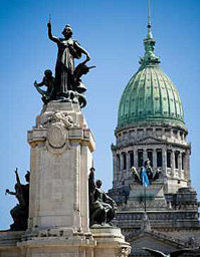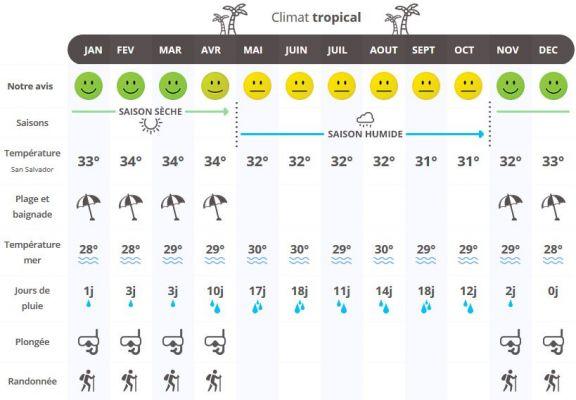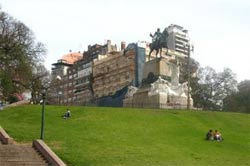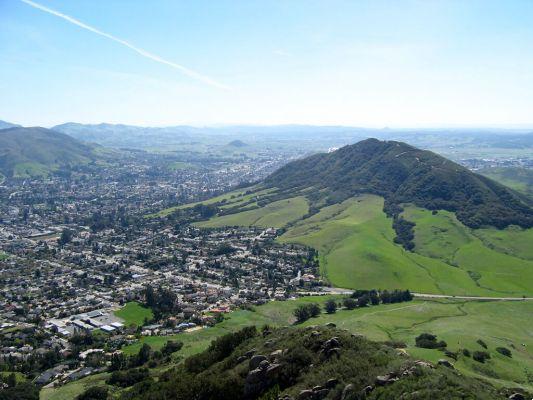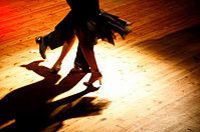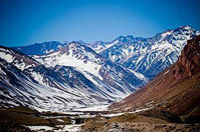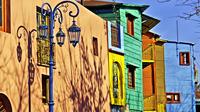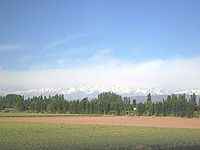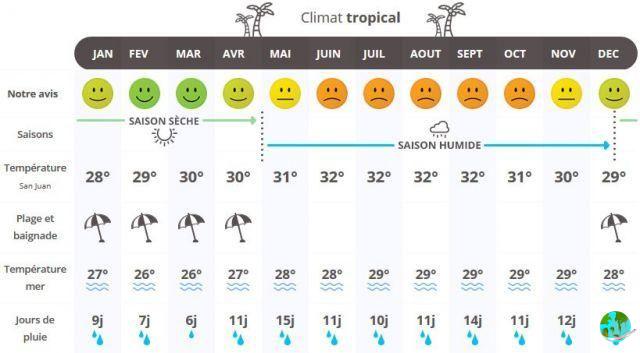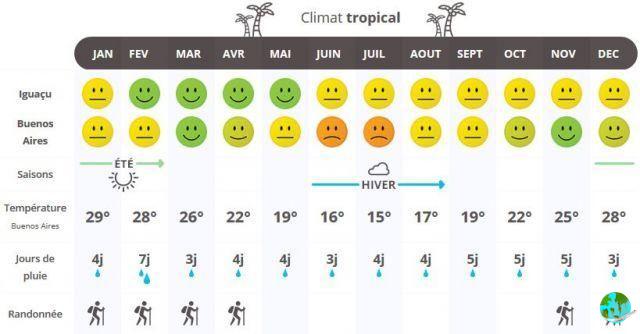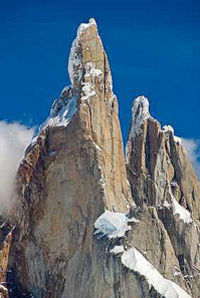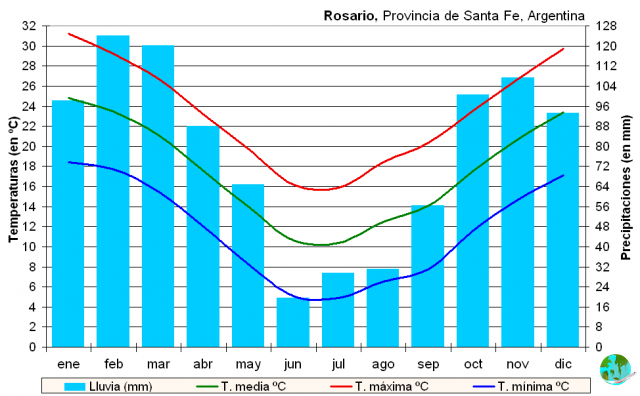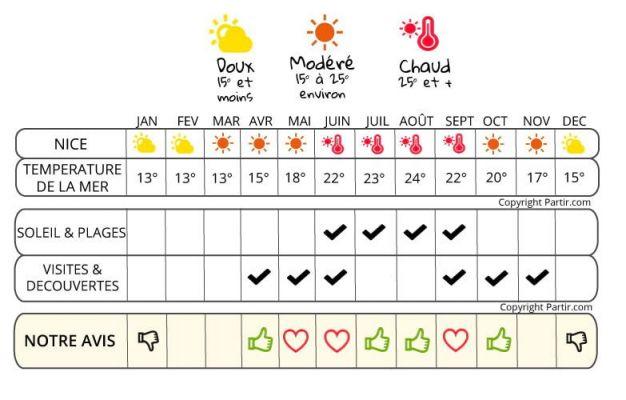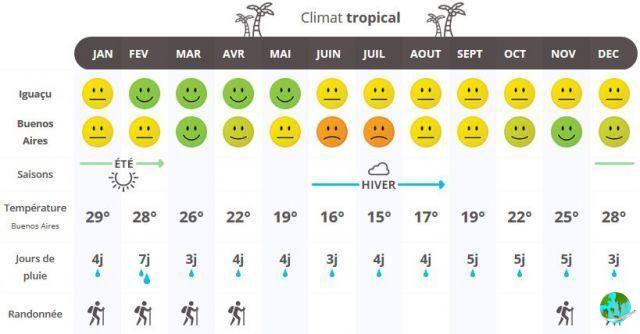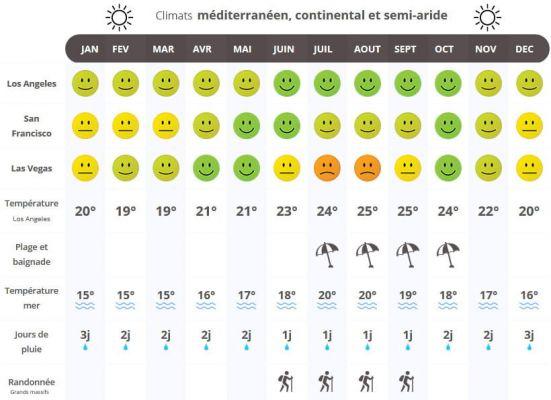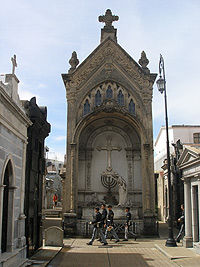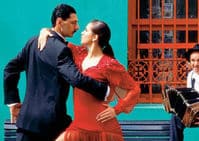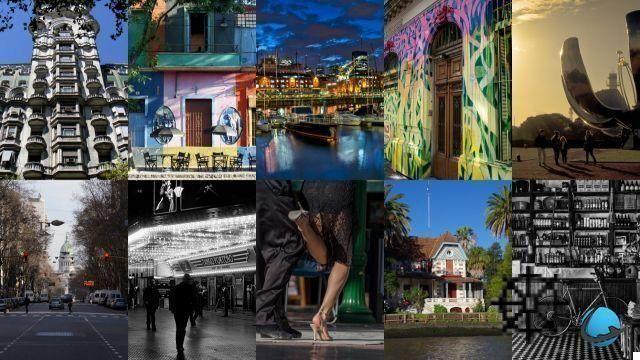The heart of Argentina
Buenos Aires is a bustling capital of life, culture and energy.
It testifies to the history of all Argentina, an urban center where the political, economic and cultural events of the country are exacerbated.
Some come for its Tango, others for its swirling nightlife, still others to discover its museums or its architecture.
Whatever your travel desires, Buenos Aires will not leave you indifferent.
See also our activity: Day trip to the city of Colonia.
Urban life
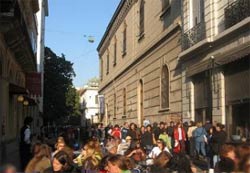 Where does this hectic atmosphere that reigns in Buenos Aires come from if not from the lifestyle of its inhabitants?
Where does this hectic atmosphere that reigns in Buenos Aires come from if not from the lifestyle of its inhabitants?
Exuberance, passion and vitality are definitely adjectives that stick with the Porteños.
Descendants of the Spaniards and Italians who colonized the region, they inherited a lilting accent and the art of accompanying any speech with ample arm movements and loud exclamations.
Whether they talk about love, football or the crisis of 2001, passion is omnipresent, in despair as in hope.
Refuse your phone number to a Porteño in a bar and he will exclaim, tearful: “Aaaah, me rompiste el corazón! ".
Shopping is presented in Buenos Aires as a tourist activity in its own right.
The 2001 crisis caused prices to fall and one of the most expensive capitals in the world suddenly became quite affordable.
There are huge malls offering the biggest brands in all areas of the center.
Palermo is full of small designer boutiques that have nothing to envy their Parisian counterparts.
The Porteños dress and take great care of themselves. Elegance and fashion are the rule here!
The gymnasiums are full, the cosmetic shops abound, cosmetic surgery is a national sport and Recoleta is a paradise for psychoanalysts.
Have a drink on the terrace and observe...the result is rather attractive!
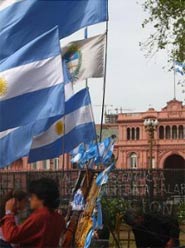 Identifying the true Porteña nature is, however, a long-term task.
Identifying the true Porteña nature is, however, a long-term task.
The many political and economic crises that have shaken Buenos Aires in recent decades have left indelible traces in hearts and minds.
Insecurity is a reality, some families have lost everything several times.
The dictatorship is not ancient history, the generation born in the 70s lived through it.
The pasea perros, the cartoneros and the devastated doors of the banks testify to complex and often painful social situations.
Buenos Aires the radiant has its poor neighborhoods and its battalions of the deprived.
It is up to you to discover its multiple facets, from the most visible to the most hidden.
Culinary tasting
One could only come to Buenos Aires to feast on asados and parrilladas, to taste Argentine wines and to share mate with friends.
Argentinians can boast of producing one of the best meats in the world and of knowing how to cook it!
Here we eat the meat without sauce and accompanied by a good national red wine.
Empanadas, dulce de leche and alfajores are all delicious specialties to discover.
Neighborhoods to discover
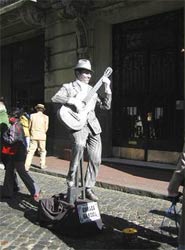 The discovery of Buenos Aires begins in the Micro Centro.
The discovery of Buenos Aires begins in the Micro Centro.
The Casa Rosada overlooks the Plaza de Mayo (large square in the city center), its walkers and its demonstrators.
Center of political power, it is at the heart of the history of Buenos Aires.
The district is also home to the Ministry of Economy, the central post office, customs and many banks.
The main shopping streets are particularly lively, the Florida pedestrian avenue being a good example.
Nearby stretches the district of Puerto Madero.
This area, until recently dilapidated, is now full of trendy restaurants and cafes.
A little further south you will discover San Telmo and its traditional Sunday antique fair. Cobbled streets, old book shops and tango academies will make you happy.
La Boca, a traditional immigrant district, has been partly rehabilitated to the delight of tourists. Street performances enliven the Caminito and its colorful sheet metal houses.
Let's take a colectivo and leave for the north of the city. Recoleta is a great insight into the upper class lifestyle of Buenos Aires.
Renovated buildings and irreproachable sidewalks where children walk in impeccable uniforms and respectable old ladies and their poodles.
The cemetery and the “Musée des Beaux Arts” are the two highlights of a visit to the district. To the northwest of Recoleta extend the gardens of Palermo, their pasea perros and their running enthusiasts.
Then head down to the cafes of Plaza Dorrego before heading out to explore the shops of Palermo Viejo.
Good visit !
Marion Labatut © Azurever.com





